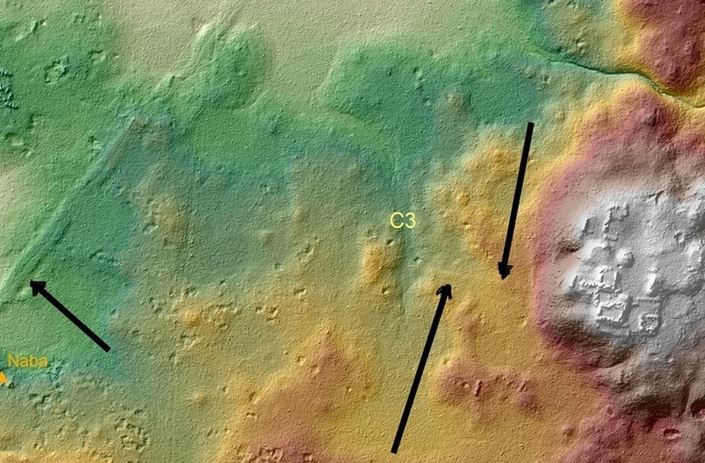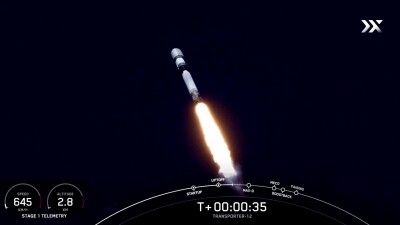It’s impressive how technology keeps evolving and helps us find new ways of exploring our own world. With the help of a lidar sensor, researchers found an ancient Mayan superhighway system in the Guatemalan rain forest.
The Mirador Basin Project is using a lidar system capable of mapping 560,000 points per second to provide an accurate topographical map of a large pre-Columbian Maya settlement called El Mirador, located in the north of El Petén, Guatemala. The Maya settlement contains some of the largest pyramids in the world, and is believed to be the heart of the Maya civilization.
 Richard D. Hansen, an anthropologist, archaeologist, and head of the project, claims they have found what they call the first network of ancient superhighways. So far, over 430 square miles of the Mirador basin have been scanned and analyzed. Results show structures, pyramids, agricultural terraces, corrals, canals and a system of 17 roads. Although known since 1967, the roads connecting to El Mirador weren’t expected to be so extensive, with some of them measuring 130 feet wide, up to 20 feet in height, and 25 miles long. Two causeways were also found, which connected El Mirador to two other archeological sites in the Mirador Basin – El Tintal and Nakbé, built between 600 and 400 BCE.
Richard D. Hansen, an anthropologist, archaeologist, and head of the project, claims they have found what they call the first network of ancient superhighways. So far, over 430 square miles of the Mirador basin have been scanned and analyzed. Results show structures, pyramids, agricultural terraces, corrals, canals and a system of 17 roads. Although known since 1967, the roads connecting to El Mirador weren’t expected to be so extensive, with some of them measuring 130 feet wide, up to 20 feet in height, and 25 miles long. Two causeways were also found, which connected El Mirador to two other archeological sites in the Mirador Basin – El Tintal and Nakbé, built between 600 and 400 BCE.
The project has also shown that the residents of Mirador may have also been the first to establish a sophisticated network of animal pens. Hansen believes that meat production in the Mirador Basin functioned at an industrial level, with transportation made possible by the presence of the superhighways.
In the past, it wasn’t possible to detect this, as the forest is very dense, making it difficult to be seen from the air. The lidar sensor cuts right through the canopy and provides a 3D model of what it looks like. Hansen and his team believe these new findings will help them to understand the reason behind the decline of the Mirador Basin civilization after 150 CE, a question which is currently being investigated by researchers at 34 institutions worldwide.






